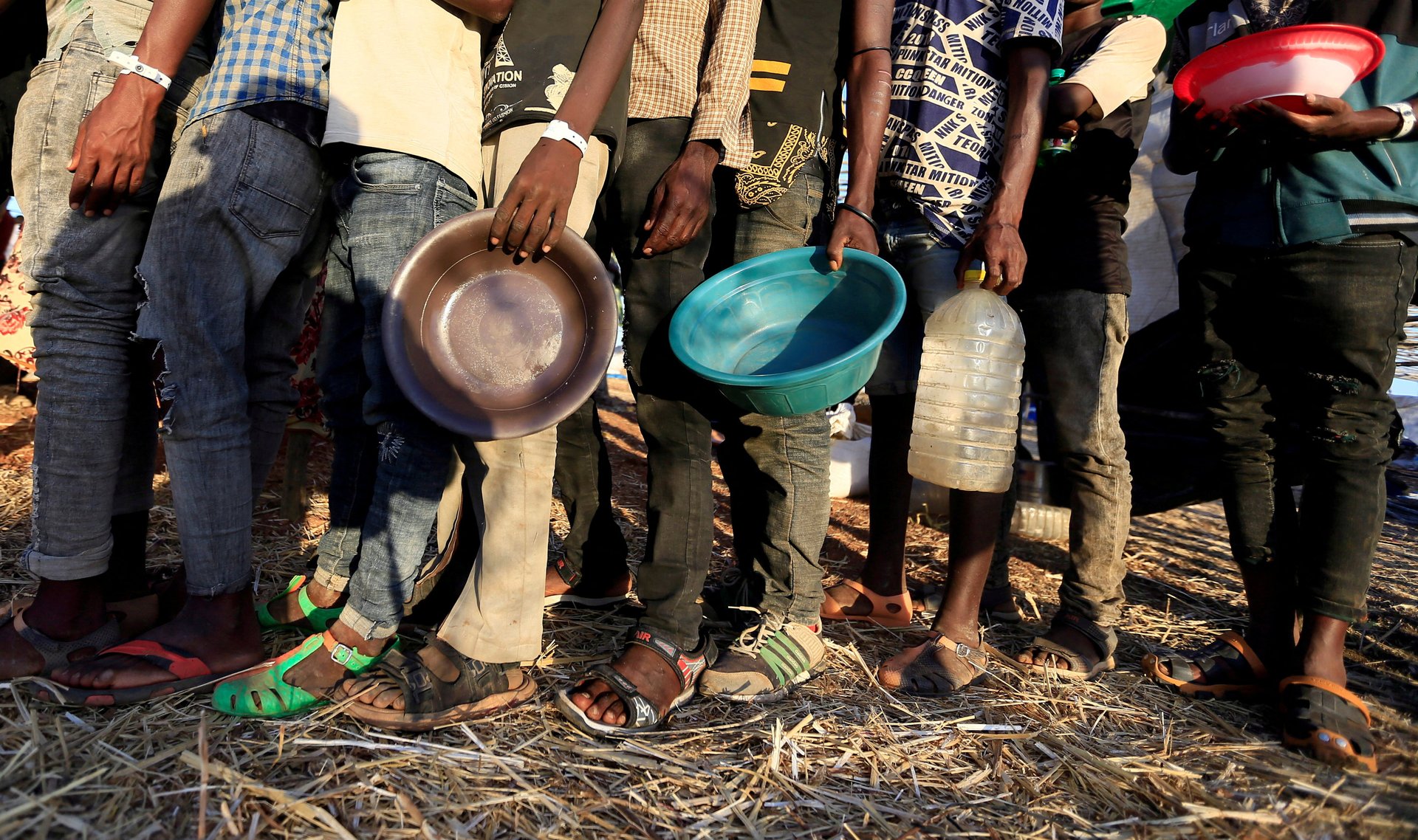Disasters, exacerbated by climate change, displaced more people than war in 2022—the year Russia invaded Ukraine
More people are now internally displaced than ever before, according to a monitoring agency

By the end of 2022, a total of 71.1 million people were living in internal displacement, a state in which they have been forced to flee their homes but not crossed an international border. It marks the highest number on record and a 20% increase on the previous year.
Suggested Reading
In a stark example of the extent to which extreme weather events, exacerbated by climate change, are affecting people across the world, more people were internally displaced by disasters than by war and conflict, even in the year that Russia’s invasion of Ukraine forced millions of people to flee their homes, according to this week’s report from the Internal Displacement Monitoring Centre (IDMC), an offshoot of the Norwegian Refugee Council.
Related Content
In headline figures, across the world 32.6 million people were internally displaced by natural disasters, with almost all—98%—of those displacements caused by weather events like floods, droughts, and storms. Although the IDMC doesn’t claim climate change caused all those displacements, its detailed 76-page report contains numerous examples of weather events deemed by expert analysis to have been caused or worsened by climate change, such as the disastrous 2022 floods in Pakistan, and particularly destructive wildfires in the US and Europe.
How many people were internally displaced by wars and conflict?
Meanwhile, 2022 saw 28.3 million people internally displaced due to war and conflict, including in Ethiopia, Somalia, and the Democratic Republic of Congo (DRC). The Ukraine war triggered 16.9 million internal displacements in 2022, the highest number ever recorded for one country, according to the IDMC report.
Nearly three-quarters of the world’s internally displaced people live in just 10 countries: Syria, Afghanistan, the DRC, Ukraine, Colombia, Ethiopia, Yemen, Nigeria, Somalia and Sudan, the report noted.
The nature of last year’s events have also led to “overlapping” crises, particularly around food supplies, the IDMC said. Russia and Ukraine’s positions as some of the main global suppliers of wheat and fertilizer, for example meant that the invasion of Ukraine by Russia deeply impacted food supplies and prices elsewhere, while the continuing effects of the covid-19 pandemic, and associated supply chain problems, continued to impact food availability. Extreme weather events were also a huge contributor to food insecurity.
The report is bleak reading, but it offers suggestions for how richer countries can help. Cash assistance is top of the list, followed by help for internally displaced people to develop skills and livelihoods, investment to strengthen communities’ resilience to disasters natural and manmade, and collecting better data to truly understand who is being forced to leave their home, and why.